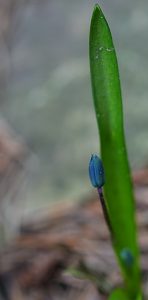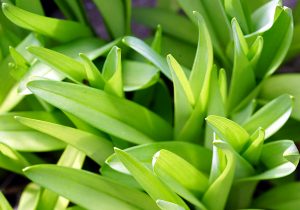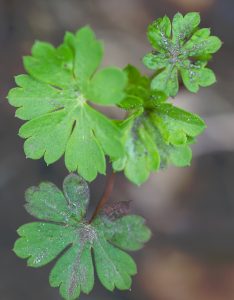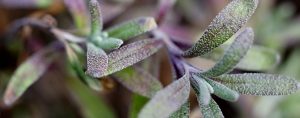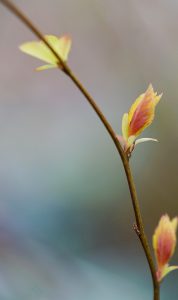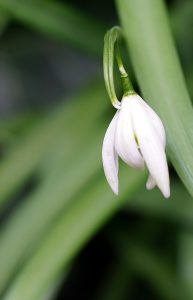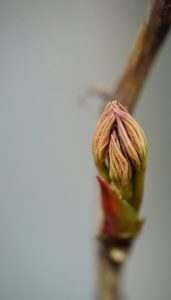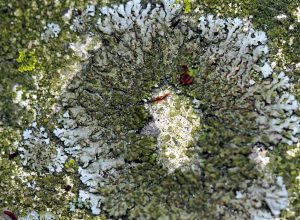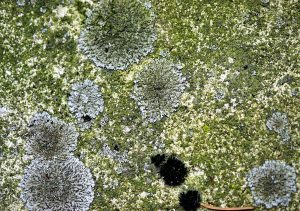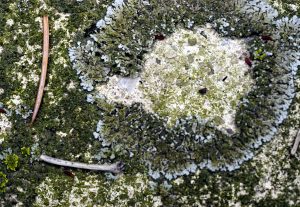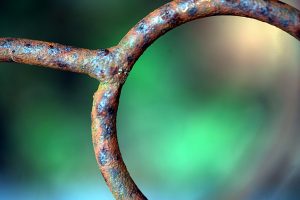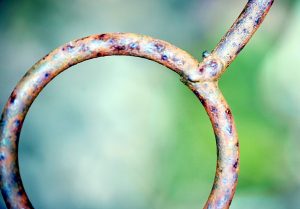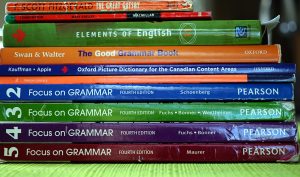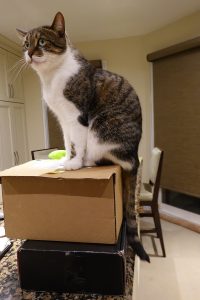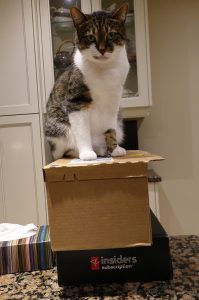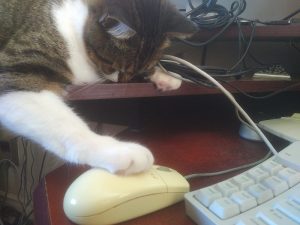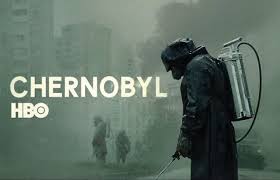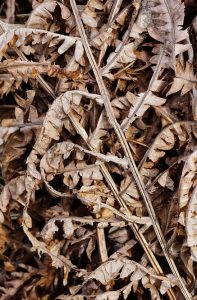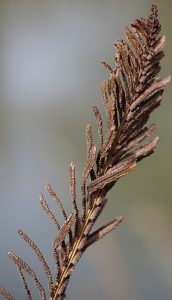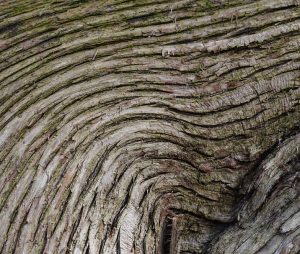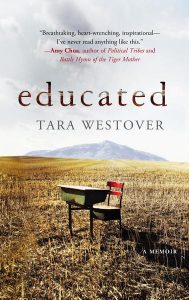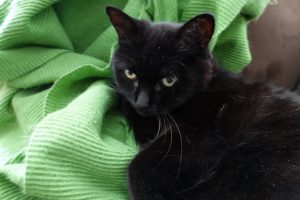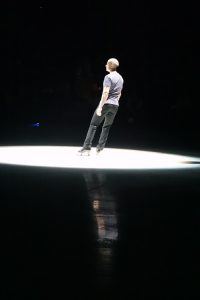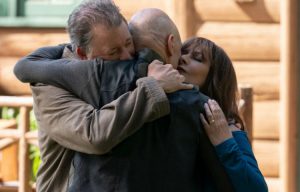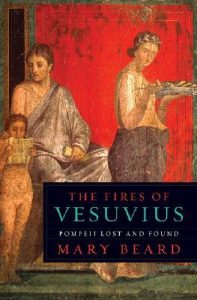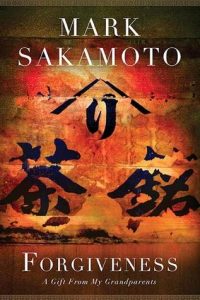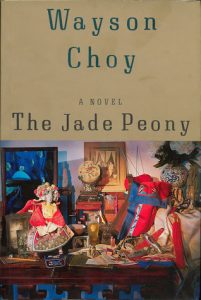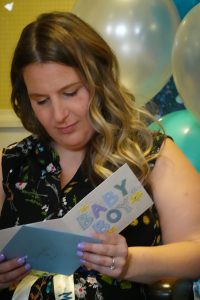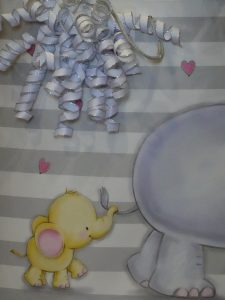Hello everyone,
as we walk the fine line of hope for a better future and despair about the world as it exists today, we can all learn to adapt to our new environments.
Here are some tips for avoiding the stir-crazies:
- Develop a sense of routine and structure. It can be flexible but it should exist. We’re used to the routine of school. Now let’s develop something new.
For me that means doing a Sudoku first thing in the morning after my cats wake me up. It also means taking breaks when I’m starting to lose it after staring at my computer screen for too long. Photography and cooking are great, too.
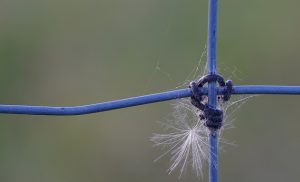
2. Find meaning and happiness in small, positive things.
(Source: https://www.unicef.org/coronavirus/covid-19-parenting-tips#5)
I always take time to notice the colours of the sunset and the beauty of the shining moon. It may sound silly, but when I am feeling down I need these soothing little moments of awareness of something beyond myself.
Of course my cats provide incredible entertainment and happiness, even if they’re just lounging around (okay, that’s 20 hours of every day).

Richard birdwatches to pass the time.
If you are struggling, reach out: to your teachers, your guidance counsellor, your parents, Ms. G. You are not alone.
